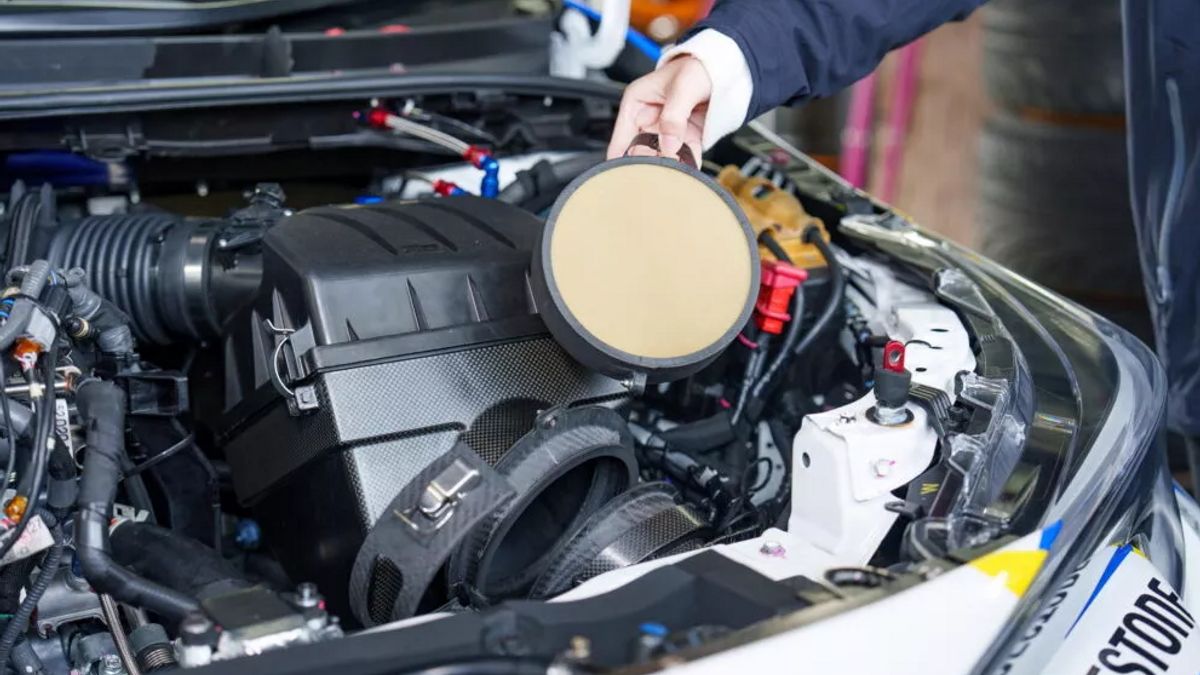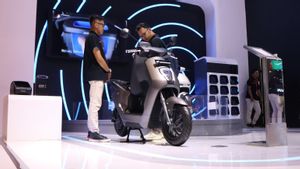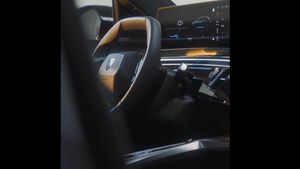JAKARTA - After seriously developing hybrid cars, hydrogen, until finally entering EVs, Toyota continues to innovate in order to provide various ways to reduce emissions levels.
Recently, the manufacturer is reportedly developing a new concept that could contribute to reducing emissions from internal combustion engines (ICE), which is a filter integrated into the front of the vehicle to absorb carbon dioxide from the atmosphere.
Reporting from Carscoops, Tuesday, February 27, Toyota, as the world's largest vehicle manufacturer, is currently testing this innovation in a Glolla GR racing car that uses hydrogen burning technology.
According to Toyota, the initial results of testing this innovation show the potential to make the car carbon negative, not just carbon neutral. This technology is considered very sophisticated because it does not require additional power to operate the system.
The principle of work of this system is to use a circular filter at the front of the car to capture carbon dioxide, then the heat of the waste from the engine is used to dissolve it into an exhaustible liquid. This means this technology can be applied not only to machines that use hydrogen, but also to conventional combustion engines.
Thus, this technology is in line with Toyota's vision to create environmentally clean vehicles when used. However, this concept is still in the testing phase.
To date, the filter has only been able to capture about 20 grams of carbon dioxide for 20 rounds of cars at circuits or about 91 km. However, machines with fossil fuels emit an average of about 8,887 grams of carbon per gallon. Theoretically, with a larger filter size, the amount of absorbed carbon dioxide will also increase, and this can be applied to commercial vehicles, such as Hino. However, its application to much smaller passenger vehicles may be difficult.
SEE ALSO:
One of the challenges of this system is how to manage the captured CO2 content. In the Glolla GR racing car, the filter must be replaced manually whenever the car enters the pit stop, which raises questions about the effectiveness of its use.
This innovation certainly takes time to become a technology that is really useful in reducing carbon emissions. However, if Toyota manages to implement it, this technology can become very valuable not only for Toyota but for all types of vehicles in the future.
The English, Chinese, Japanese, Arabic, and French versions are automatically generated by the AI. So there may still be inaccuracies in translating, please always see Indonesian as our main language. (system supported by DigitalSiber.id)















